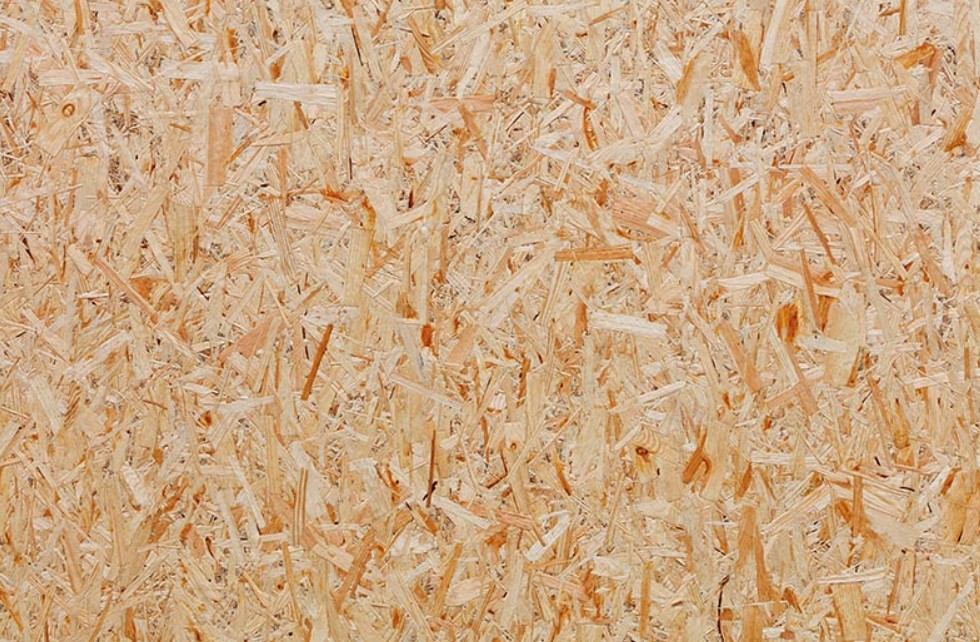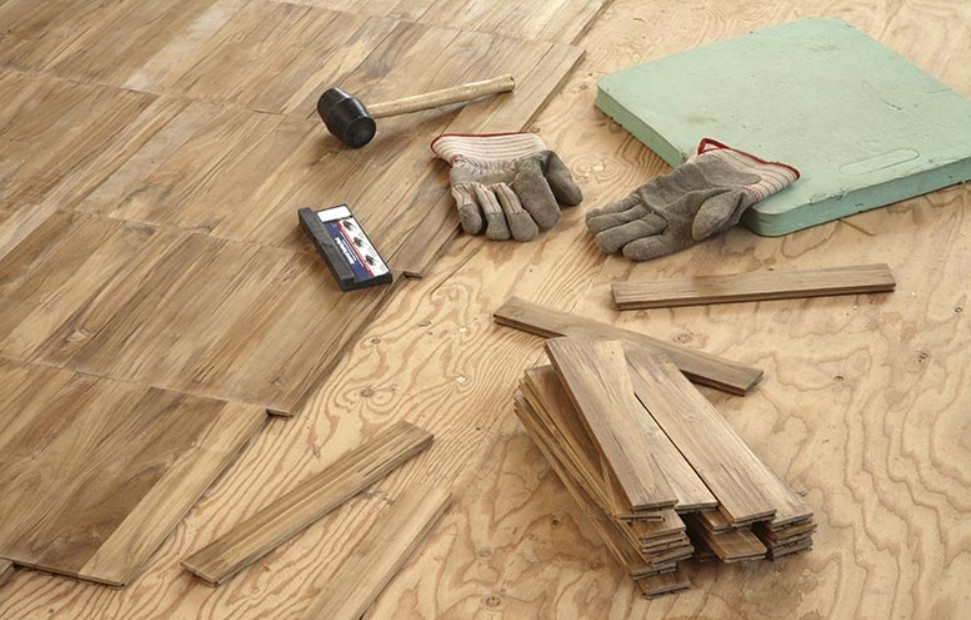- Home
- Products
- News
- Case
-
Factory Show
- German Dieffenbacher paving system
- German Dieffenbacher Continuous Flat Press Machine
- German AnThon Saw
- German Dieffenbacher Air Dryer
- Thermal energy center
- Canadian Kadant long veneer slicer
- German Dieffenbacher Maier Strand Flaker
- German Dieffenbacher OSB Blender
- German GreCon Supporting EWS Quality Monitoring System
- Swiss Baumer ColourBrain RawBoard 4.0
- Swiss Steinemann Sanding Machine
- Italian IMAL-PAL Super Screen
- German AnThon Saw
- chip bin
- Contact Us
- About Us

OSB vs Plywood: Which Subfloor Material to Choose?
2025-06-28 23:12
OSB vs Plywood: Which Subfloor Material to Choose?
The debate between OSB and Plywood has been a long-standing discussion among builders.
Both are among the most popular choices for subfloors. When it comes to strength and durability, they rival wood planks and concrete. Additionally, they are more cost-effective and widely available.

So, which is the better option? Should you go with plywood for your subfloor, or is OSB the way to go? Let’s take a closer look.
What is plywood?

Plywood is an engineered wood made from several layers of wood veneers. Each layer is called a ply, hence the material’s name.
Plywood is made by gluing adjacent layers of wood, with the grain of each layer placed at a 90-degree angle to the one below. This process helps to enhance its strength and prevents it from shrinking or swelling.
The types of wood used vary depending on what is locally available to manufacturers. In China, many companies use eucalyptus, fir, pine, ash, beech, or birch. Some plywood producers also incorporate mahogany, maple, oak, or teak.
Structural plywood, Exterior plywood, Interior plywood,Bamboo plywood, Cladding plywood, Marine plywood
What is OSB?
OSB board, is likewise an engineered wood composite. However, it is more similar to particleboard than plywood.
OSB is made by using wood from trees like aspen, southern yellow pine, poplar, or black poplar. The logs are processed into wood strands, also known as flakes, which are then dried using high heat.
After drying, the wood flakes are mixed with resins and waxes to enhance the board's moisture resistance. The strands are then arranged in layers on a mat and pressed together using a machine. Finally, the boards are aired out to eliminate any harmful fumes before being cut to the desired size.
In some cases, OSBs may be modified to serve a particular purpose. Radiant barrier is one such modification that involves adding low emitting aluminum foil to one side for insulation’s sake. Meanwhile, OSBs with tongue-and-groove cuts are designed to interlock to one another for easier attachment.
Just like plywood, OSB comes in several types as well. They represent the board’s different grades, depending on its mechanical performance and resistance to moisture.
There are four separate grades of OSB board set out under European standards, relating to both the strength performance rating and the moisture resistance:
OSB1: A general-purpose OSB board, made for interior uses such as furniture, specifically in dry conditions.
OSB2: A load-bearing board for use in dry conditions.
OSB3: A load-bearing board for use in humid conditions.
OSB4: A heavy-duty load-bearing board for use in humid conditions.
The best grade for your project will vary depending on needs, with OSB3 probably the most popular choice in the UK, due to its strength and moisture resistance. Some boards will also be designated as zero or OSB0, to show that they do not contain formaldehyde.
| Feature | Plywood | OSB |
|---|---|---|
| Pros | ||
| Size Options | Comes in different sizes | Available in larger panels |
| Moisture Resistance | Not prone to swelling or warping due to moisture | More affordable than plywood |
| Aesthetic Appeal | More aesthetically pleasing; can be stained or painted | Made from fast-growing trees |
| Versatility | Suitable subfloor for all flooring materials | Denser and heavier than plywood |
| Cons | ||
| Cost | More expensive than OSB | Swells when exposed to water |
| Environmental Impact | Not as environmentally friendly (may contain formaldehyde) | No finished appearance |
| Panel Size | Available panels are not as large as OSB | Cannot be painted |
| Structure | Structure is not uniform | May contain formaldehyde |
| Not a suitable subfloor for ceramic and vinyl tiles |
Who wins the plywood vs OSB debate?
If you want to keep your building expenses minimal, then OSB might just be the right choice for you. It won’t cost you a lot even if your install the board in a large floor area.
The strength and durability of OSB also makes it more than serviceable. You just have to be careful in choosing the right grade of board for humidity. Otherwise, you might end up dealing with a soaked or swollen subfloor.
But if you want a longer-lasting option, then you can’t go wrong with plywood. While it’s lighter and thinner than OSB, it’s not weaker or less durable. In most cases, it can even be a lot sturdier than its thicker counterpart. It can also take on all types of floor coverings and finishes.
While it's true that plywood is more expensive than OSB, the durability and flexibility it offers make it worth the investment. When it comes to subfloor construction, it's hard to overstate the value of using high-quality materials.
In the plywood vs OSB debate, there's no clear-cut answer—unless we're talking about tiles, in which case plywood is the obvious choice.
Ultimately, the decision between plywood and OSB comes down to your preferences and budget. What type of flooring are you looking for, and how much are you willing to spend?
Only you can decide.
Get the latest price? We'll respond as soon as possible(within 12 hours)
